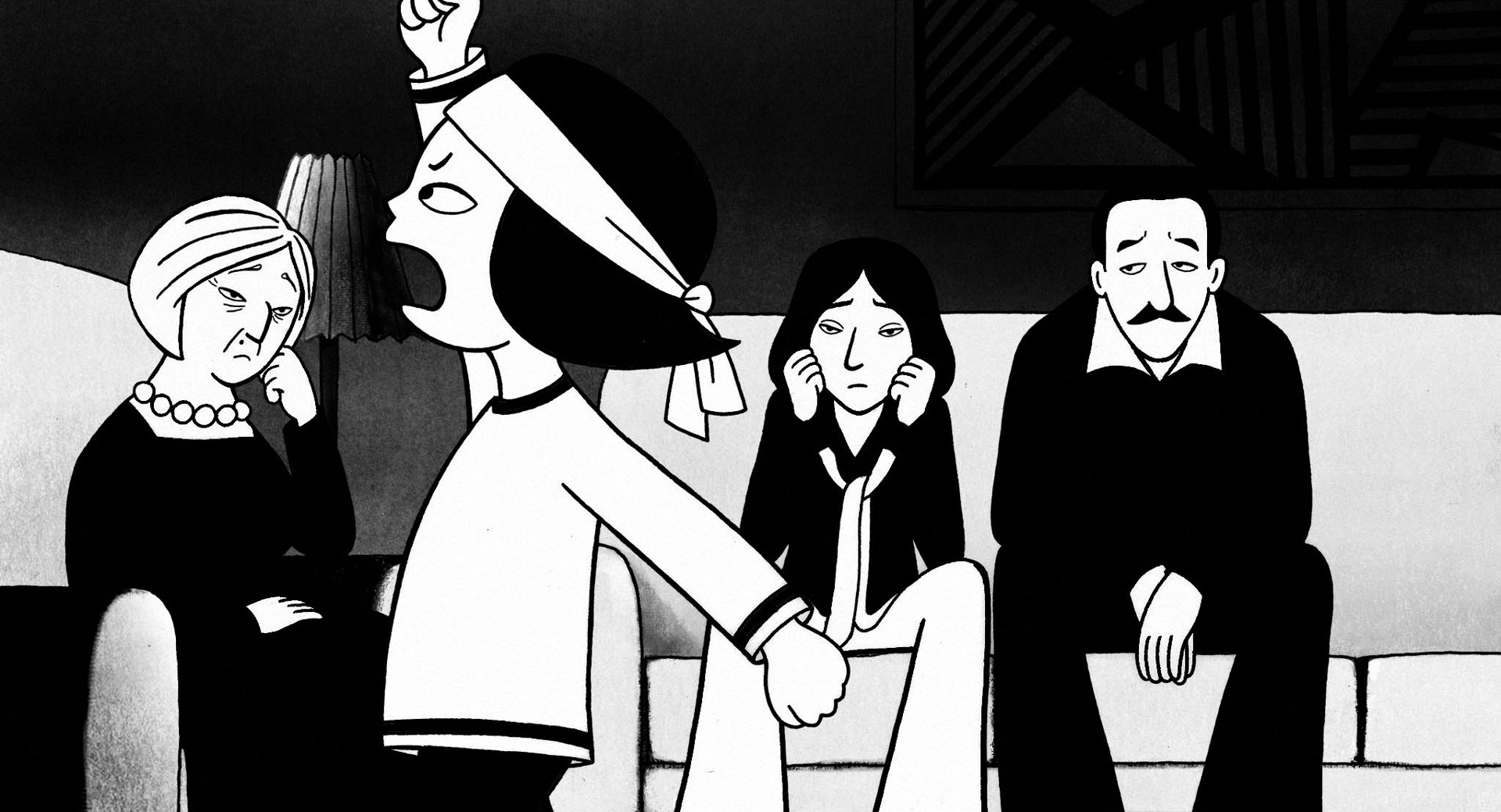

This suggests that visual art is meaningful assuming it is constructed in a well-thought manner, thus, using it as much as words in a novel should not remove it from being considered a great work of literature. These types of artistic techniques create visual literary techniques which books with paragraphs cannot deliver. Marjane Satrapi used images to create metaphors in Persepolis, for example when the Satrapi family mention they can live in freedom (straight after the deposition of the Shah) the comic box has a snake surrounding it, demonstrating that they are still surrounded by evil, which will slowly suppress their lives. The use of visual art with literature can be an essential factor to help the readers understand deeper meanings in a novel. According to these definitions, graphic novels do fit in the “true work of literature” category because, assuming all other requirements are present, if well placed and drawn, imagery can intensify the content of words and therefore give other dimensions to the work. Good literature requires facility of language, engagement of the reader, avoidance of cliche, creativity, invitation of discussions, and above all some part of the timelessness of the human condition. Good literature however, requires a different approach, as not everything can be considered as such.

According to Esther Lombardi, a journalist and expert in the matter, literature refers to “any creative written or spoken work of the imagination, whether that means poetry, fiction, drama, or nonfiction”. Literature is the representation of the culture and tradition of a language or a group of people, but its precise definition is something that cannot be determined. This argument raises the question: “What makes a true work of literature?”.

The book has won a series of prizes, including “Best Book for Young adults” and a “New York Times Notable Book” title, however, it’s artistic characteristics transform it into a graphic novel and therefore they are restricted (by many) from being considered “true/great works of literature”.

Persepolis, by Marjane Satrapi, is a depiction of the Islamic revolution through the eyes of a child.


 0 kommentar(er)
0 kommentar(er)
